Best Product Management Books for Beginners and Professionals
Here’s the reference list of practical and insightful books on product management to read this year:
- Cracking the PM Career (2021)
- The Professional Product Owner (2018)
- The Lean Product Playbook (2015)
- Testing Business Ideas (2019)
- Strategize (2022)
- Inspired (2017)
- The Mom Test (2016)
- Escaping the Build Trap (2018)
- Hooked (2014)
- Product-Led Growth (2019)
They range from just starting your career in product management to bringing innovation at an enterprise level.
Some have more case studies and anecdotes, some are heavier on tactics and instructions.
In this article, we’ll take a closer look at each title on the list, who the authors are, and why this book might be interesting for you to read.

photo by @pixabay on Pexels
1. Introduction to product management: starting a career
Authors
As a Head of Product Management at Asana, Jackie Bavaro helped the company grow from the launch stage to $100 million in annual recurring revenue.
Gayle McDowell evaluated thousands of candidates when serving on Google’s hiring committee. She later helped many tech companies to reform their hiring practices.
What this book is about
From the authors of a best-selling book, Cracking the PM Interview (2013), which focused on the specifics of getting your foot in the door and landing a Product Manager job.
Now that you got the job, which approaches will work best to build and execute the product strategy, interact with the team, and develop your career?
The book teaches the frameworks that help with avoiding common mistakes and make it easier to create successful products and build great teams.
It’s a book for beginners full of practical advice on how to kick-start a PM career.
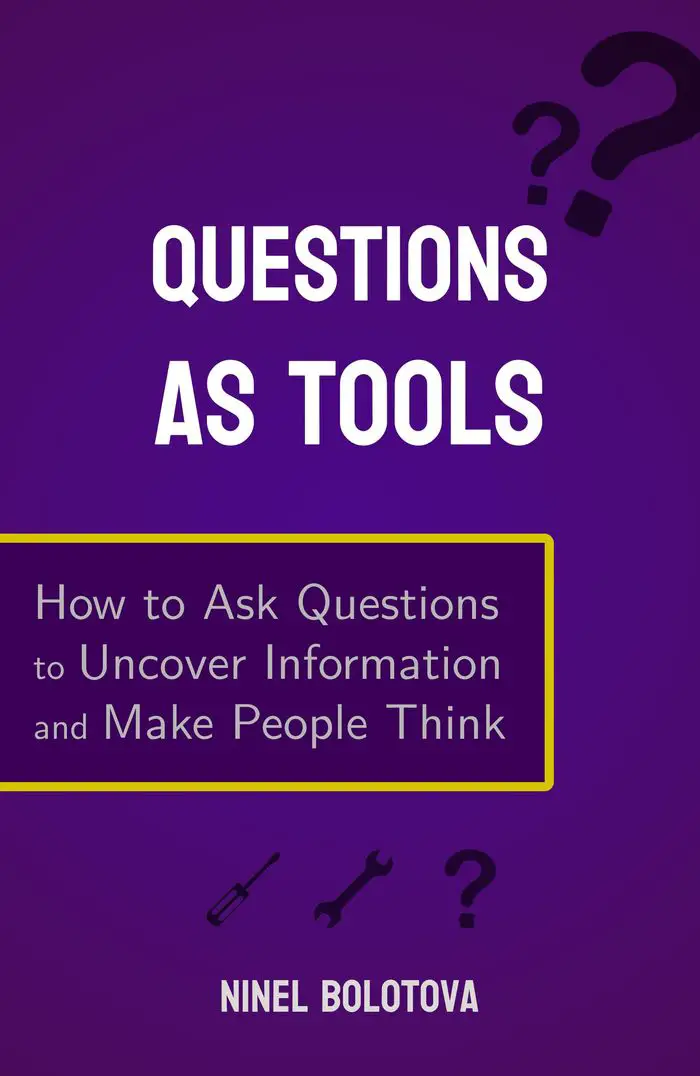
2. The Scrum way of product management
Authors
Don McGreal is an Agile coach specializing in larger organizations. He taught classes for over a decade as a Professional Scrum Trainer.
Ralph Jocham is a founder of an Agile consulting company and the first Scrum.org trainer from Europe, giving training to professionals since 2010.
What this book is about
Scrum is a framework used in many companies that adopted Agile. In Scrum, the Product Owner is the person accountable for maximizing the product value. How do we make sure we give the users the best experience possible, and how does Scrum help with that?
Some of the topics The Professional Product Owner book focuses on:
- How Product Management and Scrum go together
- How to measure and predict value
- Using Evidence-Based management to reduce risks
- Backlog management techniques
- Scaling: managing multiple teams and products
Like the game of Monopoly, everyone has heard of Scrum and many have used it, but not that many people have read the actual rules.
The book will be interesting to those who want to get the Scrum perspective on product development.
Related: How to prepare for the Professional Scrum Product Owner exam.
3. How to establish product-market fit and bring innovation
Author
Dan Olsen has degrees in industrial and electrical engineering. He gave product management training and consulting to hundreds of CEOs and product leaders, including Facebook, Amazon, and Walmart.
What this book is about
“Most new products fail”. This harsh reminder is the first thing you see when picking this book. The author goes on to provide actionable guidance and advice to improve your chances of building a product that succeeds.
- How to identify the customer needs and define your value proposition.
- Choosing which features to include in your Minimum Viable Product.
- Finding product-market fit.
- Metrics to measure product success.
- Lean Thinking: what it is and how to adopt it.
- Product case studies.
The book tackles the challenges that companies of all sizes face trying to adopt Lean.
4. A visual guide to validating business ideas
Authors
David J. Bland helps companies test new products and find product-market fit using lean startup and business model innovation. His customers include Toyota, Adobe, and HP.
Alexander Osterwalder is one of the world’s most influential innovation experts, known for turning complex concepts of strategy development into digestible visual models. He’s one of the inventors of Business Model Canvas.
What this book is about
What sets this book apart is how visually engaging it is. The infographic-style presentation makes the ideas pop out more.
But it’s not just about the presentation – the concepts explained are also highly practical. It’s a step-by-step guide on testing and verifying your key business assumptions to minimize risk.
Testing Business Ideas shares many case studies, or “experiments”, you could draw from.
An earlier book in the series is Value Proposition Design: How to Create Products and Services Customers Want (2014).
5. Building the product strategy and roadmap
Author
Roman Pichler is an Agile product management expert specializing in product strategy and leadership.
What this book is about
This is the second edition of a popular book on product strategy. Some of the topics covered in Strategize:
- Understanding the type of your product’s innovation
- Establishing the product vision
- Validating the strategy
- Choosing the right Key Performance Indicators (KPIs)
- Developing the product roadmap and measurable product goals
- Estimating the timeline and the budget
Each of the topics has a detailed breakdown into practical tips and tactics.
Related: The key principles of developing an Agile mindset.
6. Tech product management: from a startup to an enterprise
Author
In the course of his career, Marty Cagan performed almost every role of a tech product organization, from software development and UX design to engineering management.
Before starting his company, he served as an executive responsible for building products for companies like Hewlett-Packard, Netscape, and eBay.
What this book is about
Inspired has practical advice for tech companies of all sizes: from startups to growing and established companies. The second edition, released a decade after the first, also became a smash hit.
A few highlights from the topics covered in the book:
- Underlying principles that make a great product
- The importance of a strong product team – and how to build it
- Responsibilities and challenges of Product Managers and other team roles
- The problem with product roadmaps
- Discovering and estimating opportunities
- Finding your customer
- Creating and testing different kinds of prototypes
Inspired shares many stories and experiences from the author and other successful product managers from the world’s most famous technology-powered product companies.
7. Understand the customer problems by asking the right questions
Author
Rob Fitzpatrick ran a variety of businesses and wrote practical books about what he learned along the way. His books are taught at universities like Harvard and MIT and are used as training manuals at companies like Shopify and Skyscanner.
What this book is about
The Mom Test focuses on having conversations with potential and current customers.
We want to find out the customers’ real needs and get honest feedback on what is already done. But how to steer the conversation to get the information we need without skewing the results?
As a Product Manager, you’ll have to validate your ideas and figure out the customers’ pains and preferences throughout the product development. The art of customer conversation will help along the way.
Related: Learn from zero with the right questions: online research strategy.
8. Outcomes over outputs: creating tangible value
Author
Melissa Perri is a lecturer at Harvard Business School, teaching Product Management in the MBA program. She works with executives to advise on product strategy and grow product leaders.
What this book is about
The book is aimed at organizations that make a transition from output-oriented to a more Agile, output-oriented mentality.
In particular, it talks about communicating with customers and prioritizing at larger companies.
It would be especially useful for Product Managers working in civilian corporations, government agencies, and other organizations with an established structure.
9. How to make an addictive product
Author
Nir Eyal is a behavioral design consultant and a popular author and speaker. He has taught marketing at the Stanford Graduate School of Business.
What this book is about
Starting with its cover and title, Hooked is pretty open about its intent to manipulate the brain into getting addicted to a product.
The “variable reward” step is a dead giveaway – we’re talking about the classic Skinner Box here, wrapped in a sleek modern design. The Skinner Box principle of “uncertain but likely pleasing” result is what makes people gamble, buy lottery tickets, and engage in other kinds of behaviors that aren’t easy to put down.
Purposefully using those tactics might seem unscrupulous, but exploiting human psychology for profit has been done since the dawn of time. The book does have a section discussing ethical concerns.
This technique lends itself best to apps, social networks, games, and other products you want the users to compulsively launch again and again.
It would also be a curious read for anyone who wants to be aware of their habits and consumer behaviors.
10. Product-led growth for SaaS companies
Author
Wes Bush is the founder of the Product-Led Institute where he teaches SaaS businesses to grow and succeed by creating valuable products.
What this book is about
Product-Led Growth is focused on finding the right business model and delivering value in the context of Software-as-a-Service companies.
It teaches how to avoid common mistakes, develop the optimization process, and increase the Average Revenue Per User (ARPU).
Classic books on Agile product management
There are a few books that used to top the charts, but the modern world moves fast.
What was a breakthrough innovation yesterday is common knowledge today, and newer books on Agile and Product Management build upon this knowledge and introduce fresh insights.
However, the core principles described in those books hold true to this day. If you haven’t read those classics yet, you might want to check them out to see how – and if – the approaches changed over time.
The stories they tell and the questions they ask are still relevant.
- What Customers Want: Using Outcome-Driven Innovation to Create Breakthrough Products and Services (2005) by Anthony Ulwick.
- The Lean Startup: How Today’s Entrepreneurs Use Continuous Innovation to Create Radically Successful Businesses (2011) by Eric Ries.
In a newer book, The Startup Way: How Modern Companies Use Entrepreneurial Management to Transform Culture and Drive Long-Term Growth (2017), Eric Ries shifts the focus to larger organizations that want to remain current and more startup-like. - Agile Estimating and Planning (2005) by Mike Cohn.
Instead of using velocity and story points, you could try Cycle Time and throughput. These are explained in When Will It Be Done?: Lean-Agile Forecasting to Answer Your Customers’ Most Important Question (2020) by Daniel Vacanti.

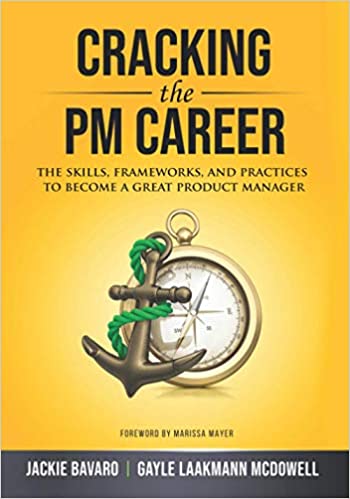
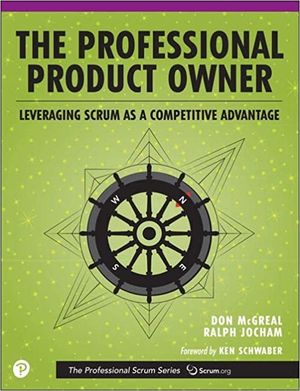



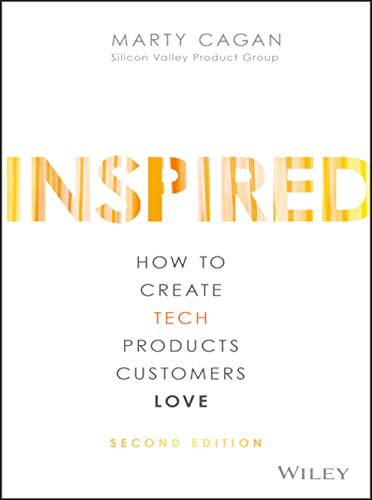
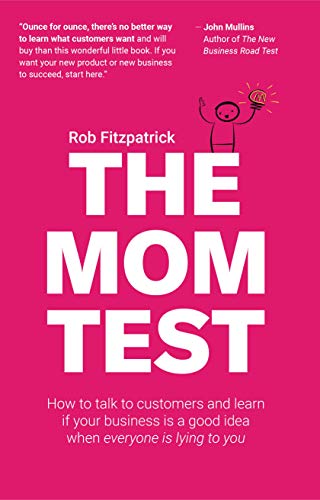
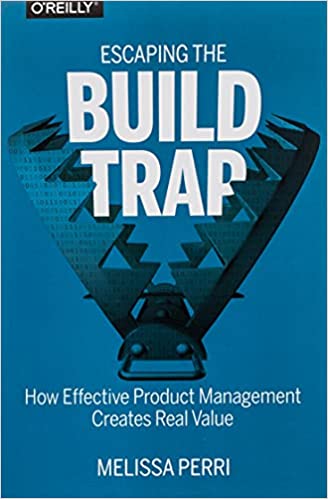
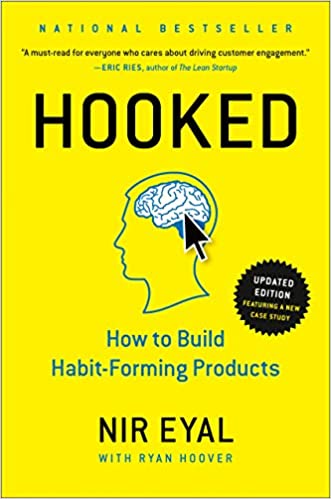
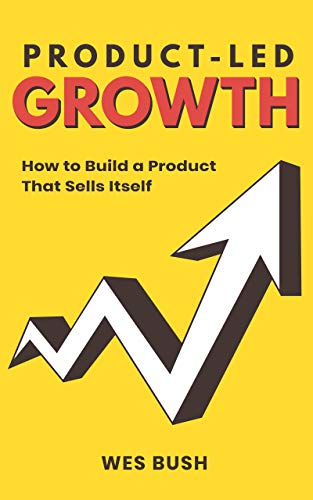
 Ninel Bolotova is a workflow expert with a number of certifications in project management. She enjoys challenges related to process setup, automation and optimization.
Ninel Bolotova is a workflow expert with a number of certifications in project management. She enjoys challenges related to process setup, automation and optimization.